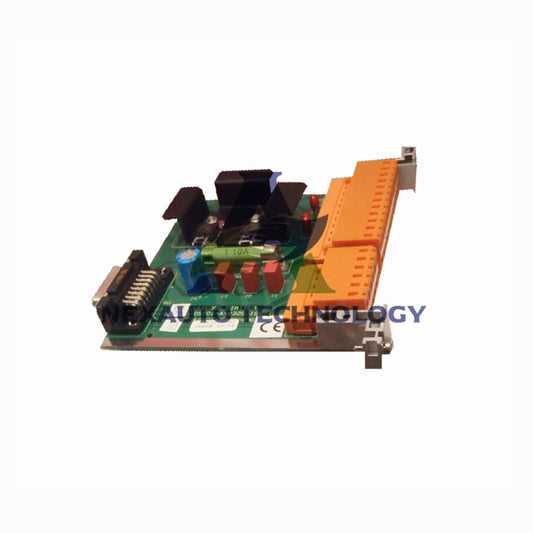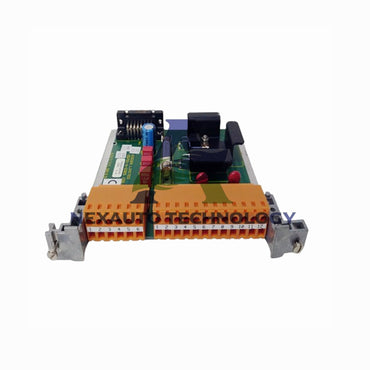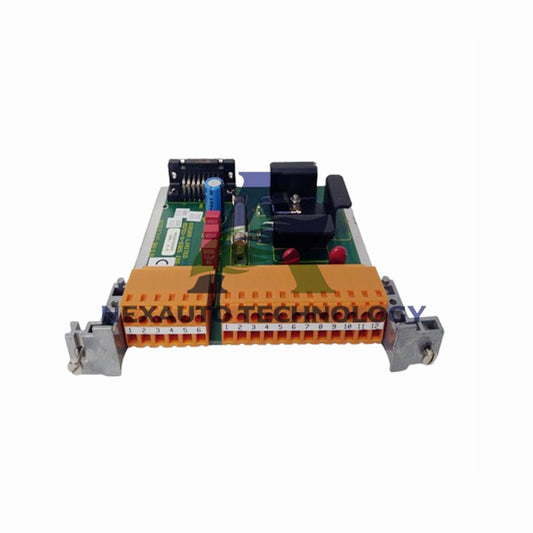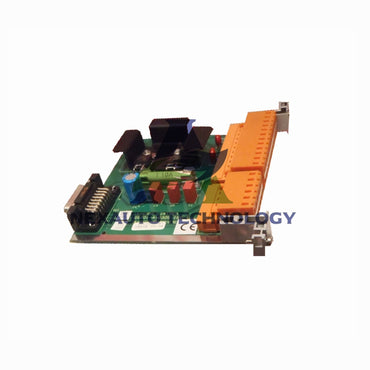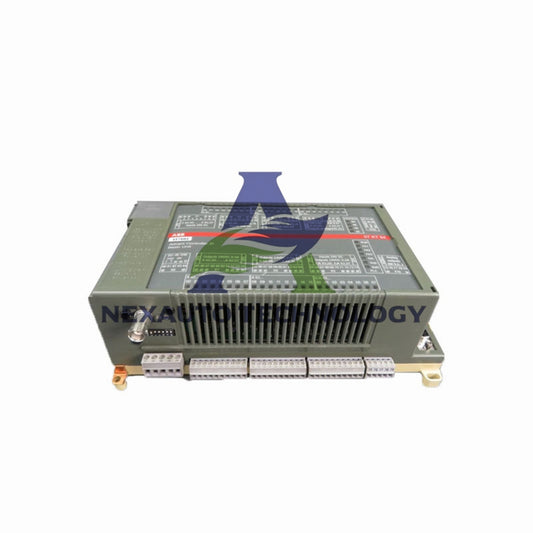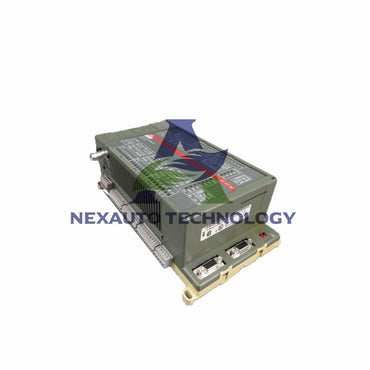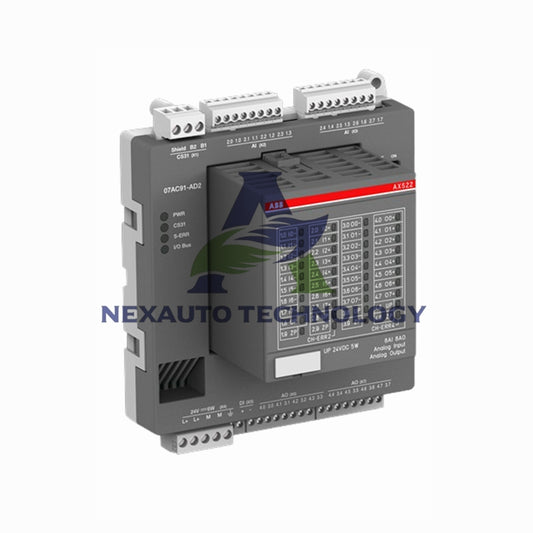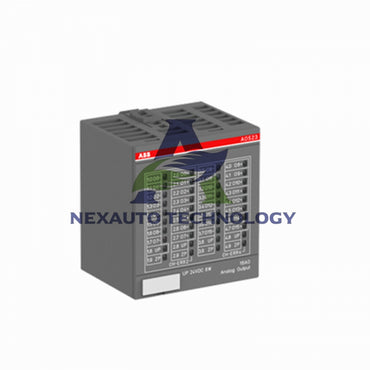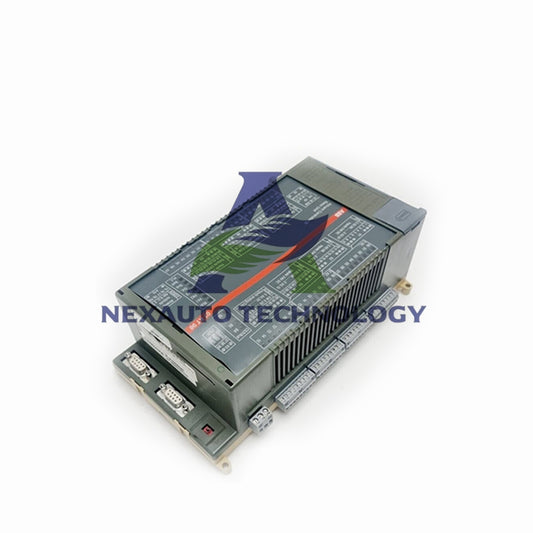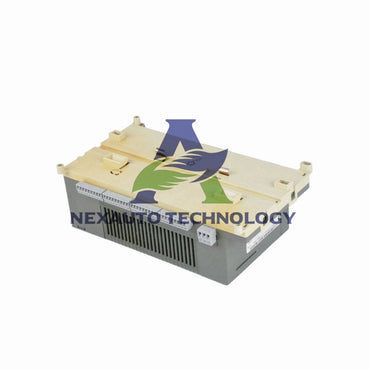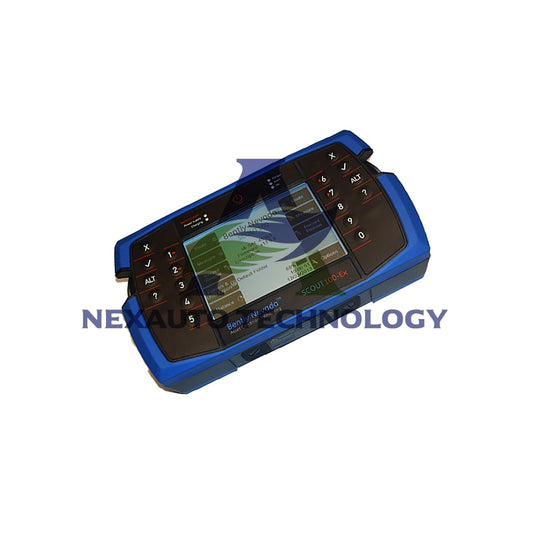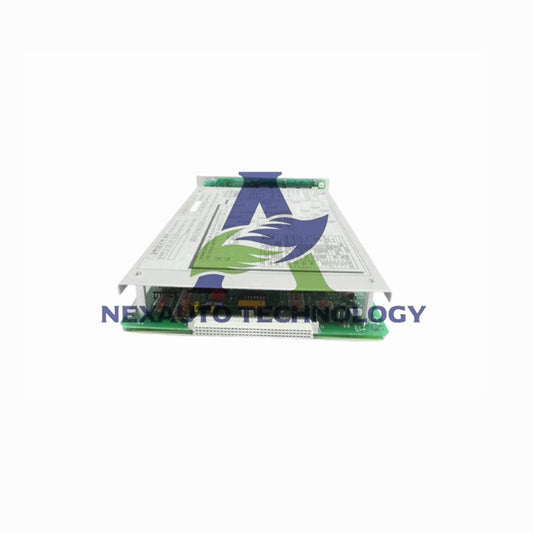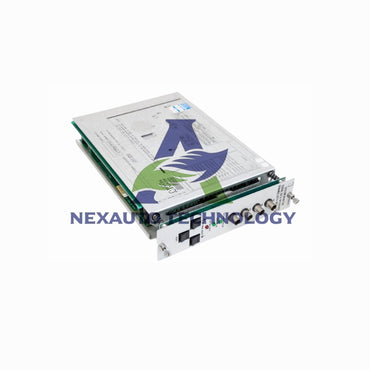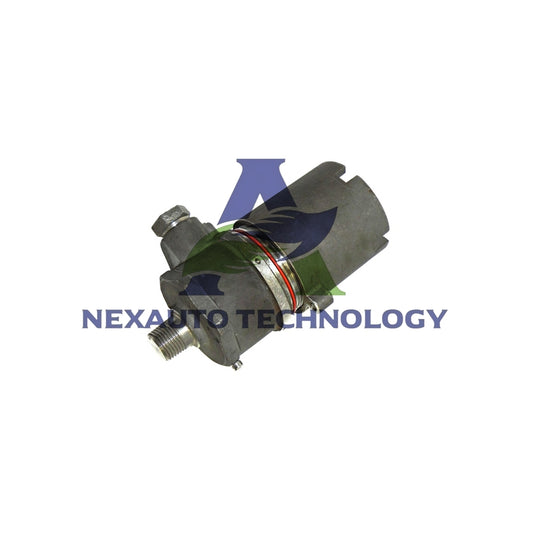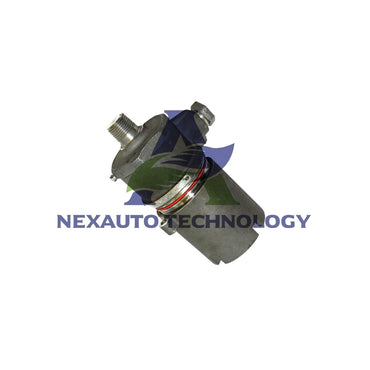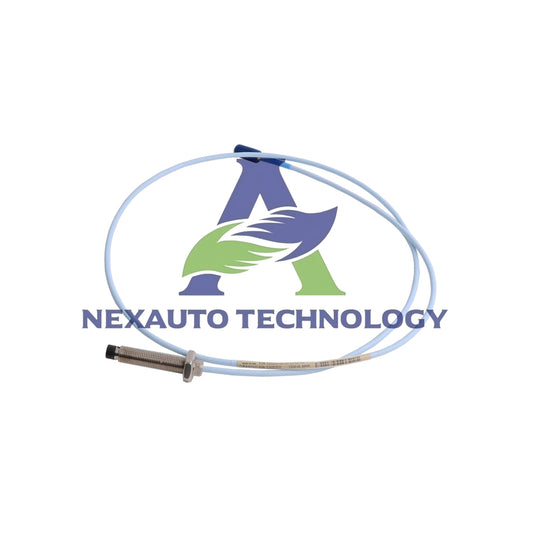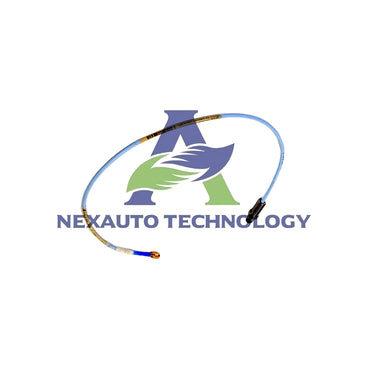Why Integrating PLC and DCS Systems Can Boost Industrial Automation Efficiency
Introduction to PLC and DCS Systems
PLCs are fast and handle discrete control tasks, often with <10ms response time. DCS systems manage continuous processes and multiple control loops. Together, they provide reliable and flexible automation. Plants using both systems can increase efficiency by up to 20%.
Key Benefits of Integration
Integration improves decision-making and reduces downtime. Data sharing allows faster response to issues. Maintenance costs drop by 15%, while overall production output can increase 10–18%. Integrated systems make plants safer and more productive.

Data Visibility and Control
Real-time monitoring covers all processes. Operators detect anomalies early and act quickly. Central dashboards show data from hundreds of sensors. Incident response time can drop from 45 minutes to 10 minutes.
Flexibility in Operations
Engineers can adjust processes without stopping production. Plants respond faster to market changes. Integration also allows easy expansion or new line additions, reducing commissioning time by up to 40%.
Maintenance and Troubleshooting
Predictive maintenance improves with integrated data. Alerts detect wear early. Downtime reduces by 20%, and repair costs fall 10–15%. Remote diagnostics help technicians solve issues faster.

Performance Data Example
| Metric | Before Integration | After Integration |
|---|---|---|
| Process Efficiency | 80% | 96% |
| Downtime | 15 hours/month | 5 hours/month |
| Production Output | 1000 units/day | 1180 units/day |
| Maintenance Cost | $120,000/year | $102,000/year |
Conclusion
Integrating PLC and DCS systems improves efficiency, safety, and flexibility. Real-time monitoring, faster decision-making, and predictive maintenance lead to better production. Companies adopting integration often see ROI within 12–18 months.
Check below popular items for more information in Nex-Auto Technology.

